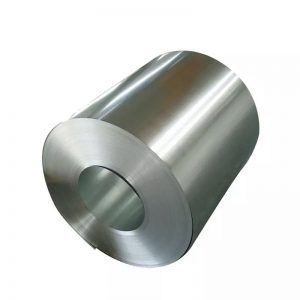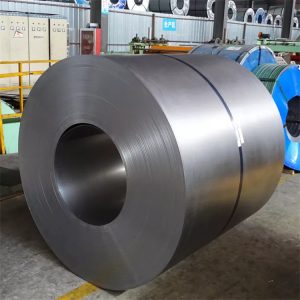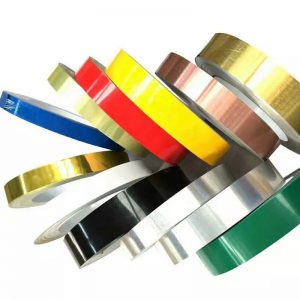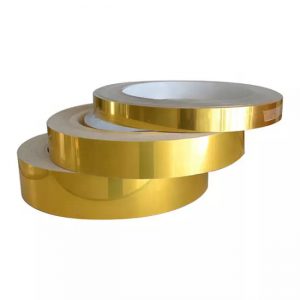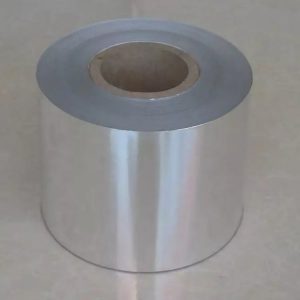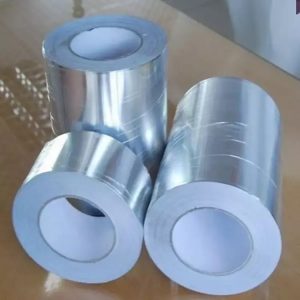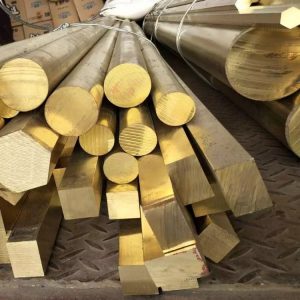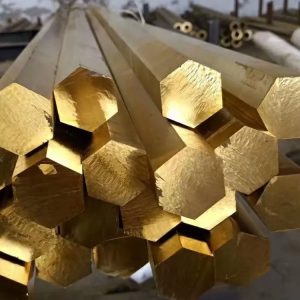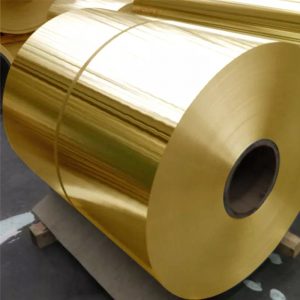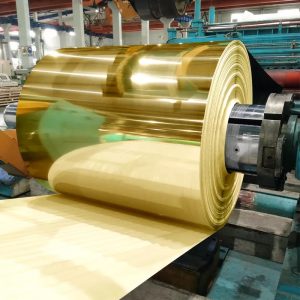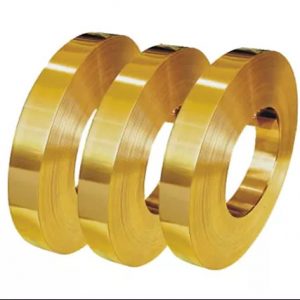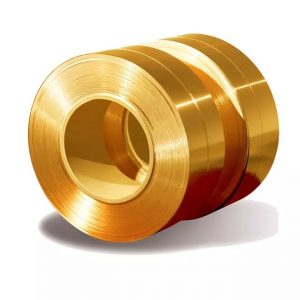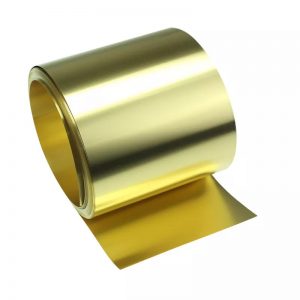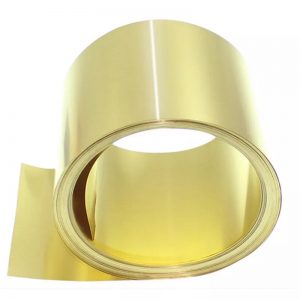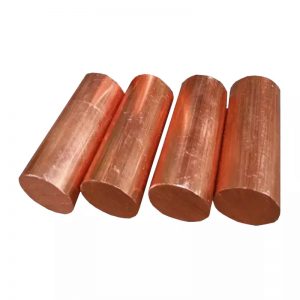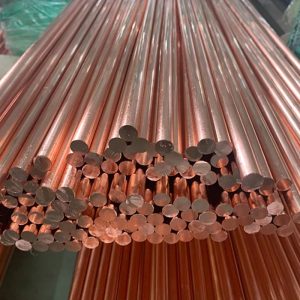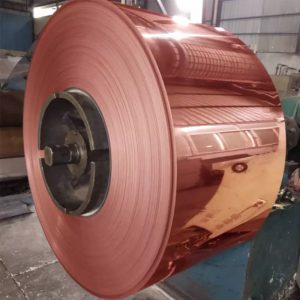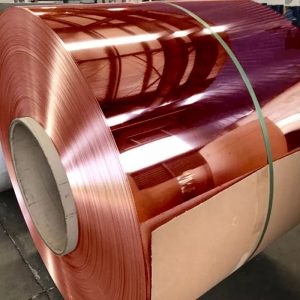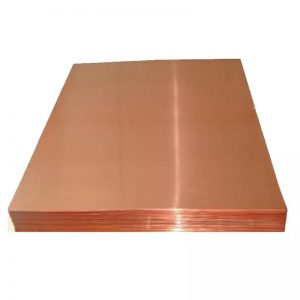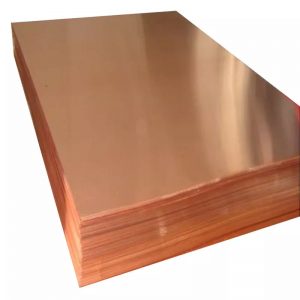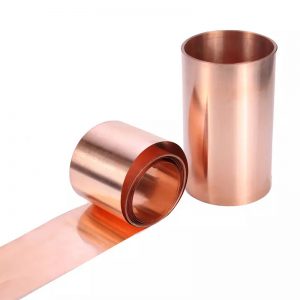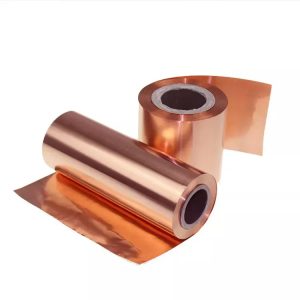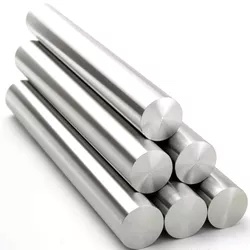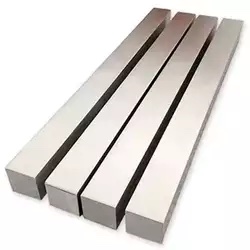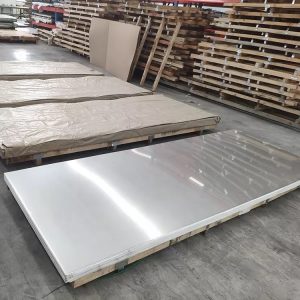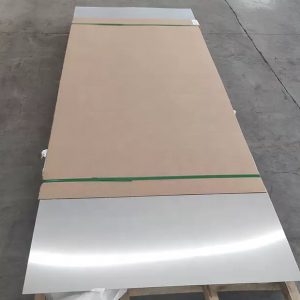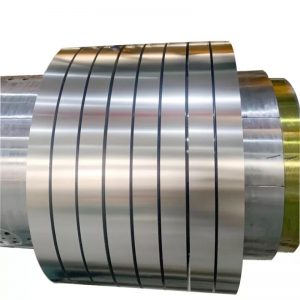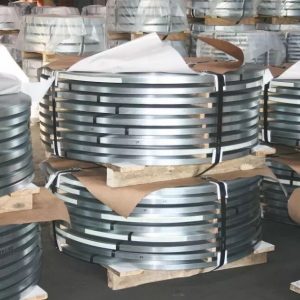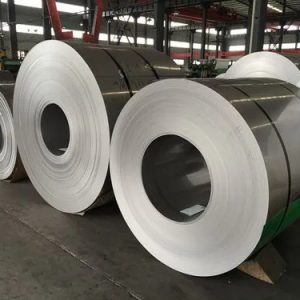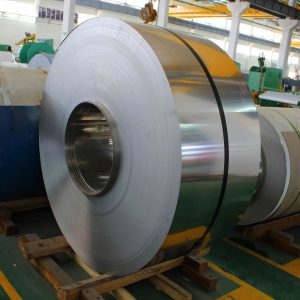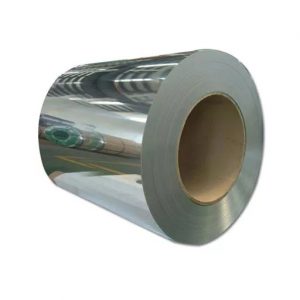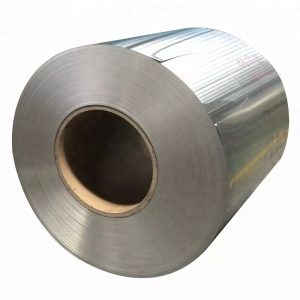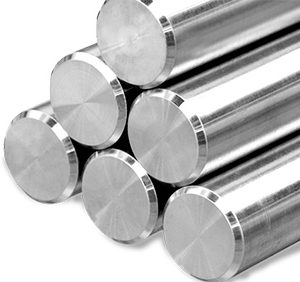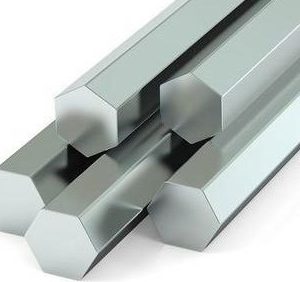-
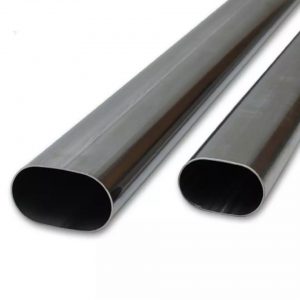
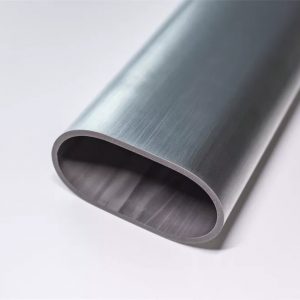 Lue LisääPikakatselu
Lue LisääPikakatseluRuostumaton soikea putki
Koska niillä on taipumus olla erittäin korkea sitkeys, ruostumatonta terästä suositaan. Mikä tahansa soikea ruostumattomasta teräksestä valmistetut putket sitkeys riippuu sen mikrorakenteesta, joka on metallin seostuskoostumuksen tuote. Harkitse seoslaatua, kuten 316 Ruostumattomasta teräksestä valmistettu soikea putki esimerkkinä. Metallin mikrorakenne sisältää austeniittikristallin. Nikkeli on austeniitin seoksen komponentti, joka edistää sen muodostumista ja vakautta.
Austeniitilla on kasvojen keskipisteen kuutiomainen mikrorakenne, tunnetaan myös nimellä FCC, joka tekee seoksesta Litteä soikea ruostumattomasta teräksestä valmistettu putki sitkeä tiiviisti pakattujen atomien vuoksi. Niiden sitkeyden vuoksi, Austeniittiset ruostumattomat teräkset voidaan muotoilla erilaisiin muotoihin, yksinkertaisesta neliöstä, suorakulmainen, ja pyöreät muodot monimutkaisempiin, kuten Litteäreunainen soikea ruostumattomasta teräksestä valmistettu putki. Sen lisäksi, että sitä valmistetaan eri muodoissa, Ruostumattomasta teräksestä valmistetuilla soikeilla putkilla voi olla vaihteleva halkaisija, seinämän paksuudet, ja ympärysmitat.
Soikean putken käytöllä on useita etuja käyttäjille. Esimerkiksi, ruostumattomasta teräksestä valmistetut elliptiset soikeat putketjoilla on vahvempi rakenne ja, huolimatta siitä, että se on sitkeä, ovat vaikeampia vääristää. Lisäksi, Koska sen erittäin kompakti muotoilu, suurin osa Soikeat ruostumattomasta teräksestä valmistettujen putkien toimittajat neuvoo käyttämään näitä putkia sovelluksissa, joissa on ongelmia käytettävissä olevan tilan kanssa tai joissa tarvitaan kompakteja komponentteja.
-
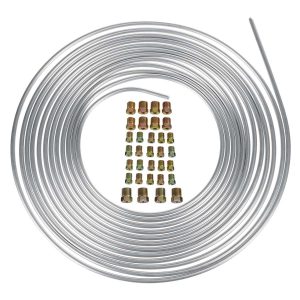
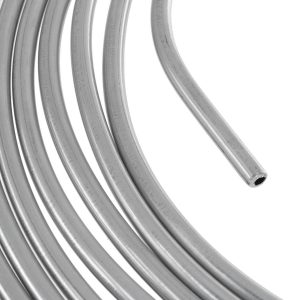 Lue LisääPikakatselu
Lue LisääPikakatseluTeräksinen sinkkijarrulinjan polttoaineletkusarja
-
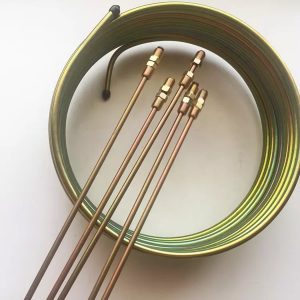
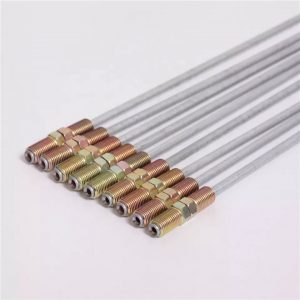 Lue LisääPikakatselu
Lue LisääPikakatseluSuora jarrulinja
-
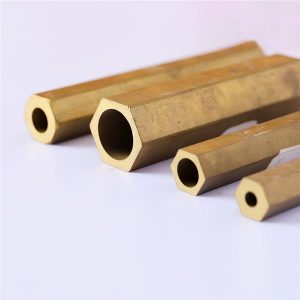
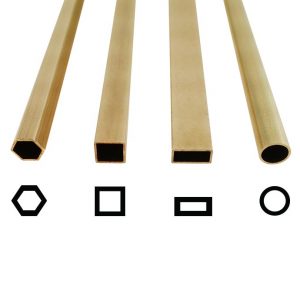 Lue LisääPikakatselu
Lue LisääPikakatseluMuotoillut messinkiputket
Messinki seokset, tai messinkiä, ovat kuparin ja sinkin seoksia. Saatavana useina muunnelmina, Messinkiä käytetään yleisesti soittimien valmistukseen, Venttiilit, Suolet, ovenkahvat, Sähköiset ominaisuudet, ja muut varusteet. Interstate Metal Inc:ssä, meillä on valikoimassamme erilaisia messinkiputkia, mukaan lukien C26000:sta valmistetut, C26800, C27200 ja C33000;jne
Arkkien lisäksi, Levyt, ja baarit, messinkiä on saatavana myös putkimuodossa. Messinkiputkia on eripituisia, seinämän paksuudet, ja halkaisijat, jotka sopivat eri sovellusten tarpeisiin, kuten sisustussuunnittelu ja muut metallinvalmistusprojektit.
Seoksesta riippuen, messinki koostuu tyypillisesti noin 65% kupari ja 35% sinkki, tuloksena materiaali, joka tarjoaa erilaisia hyödyllisiä ominaisuuksia, mukaan lukien korroosionkestävyys, sitkeys, kovuus, muovattavuus, ja enemmän. Kuitenkin, On tärkeää huomata, että mitä korkeampi sinkkipitoisuus, mitä pienempi korroosionkestävyys. Tämän vuoksi, On tärkeää ottaa huomioon sovelluksesi ympäristö, kun valitset parasta messinkiputkimateriaalia.
-
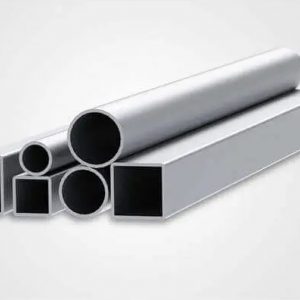
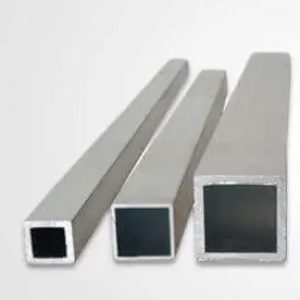 Lue LisääPikakatselu
Lue LisääPikakatseluSuulakepuristettu alumiiniputki
Olen varma, että jossain vaiheessa, Sinun olisi pitänyt nähdä tai törmätä tähän materiaaliin, joko tietoisesti tai tietämättään.
Kaivo, Suulakepuristettu alumiiniputki viittaa ensisijaisesti suulakepuristusprosessista valmistettuun alumiiniprofiilityyppiin, joka tuottaa halutun poikkileikkauksen muodon ja koon.
Toisin sanoen yksinkertaisesti, Se viittaa alumiiniputkeen, joka on muodostettu pakottamalla se virtaamaan putken muotoisen avausmuotin läpi.
Ja prosessin lopussa, Se syntyy pitkänomaisena kappaleena, jolla on samanlainen profiili kuin muottiaukolla.
Monissa tapauksissa, Huomaat, että monet valmistajat tuottavat yleensä erityyppisiä suulakepuristettuja alumiiniputkia.
Tietysti, Pohjimmiltaan, Tässä tapauksessa, on varmistaa, että ne soveltuvat kuhunkin sovellukseen.
Mutta tarkastelemme tätä näkökohtaa myöhemmin tässä oppaassa, Joten älä huoli!
Sillä välin, Selvitetään joitain tärkeimpiä ominaisuuksia, jotka tekevät suulakepuristetusta alumiiniputkesta yhden parhaista materiaaleista eri sovelluksiin.
-
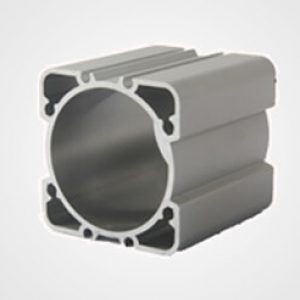
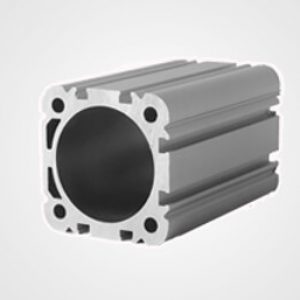 Lue LisääPikakatselu
Lue LisääPikakatseluIlmasylinterin letku
Yhteinen seos N:o. ilmasylinterin letku on 6063 ja 6061. Molemmat ovat hyvin muovattavia, Hitsattavuus, ja korroosionkestävyys yhdessä erinomaisen ulkonäön kanssa.
Grand pystyy myös puristamaan muita seoksia n:o. ilmasylinterin letkuille, esimerkiksi, 7000 sarja, 5000 sarja, 3000 sarja, 2000 sarja, ja 1000 sarja, Ota yhteyttä asiantunteviin insinööreihimme saadaksesi lisätietoja tästä poikkeuksellisesta alumiiniseoksesta nro.
-
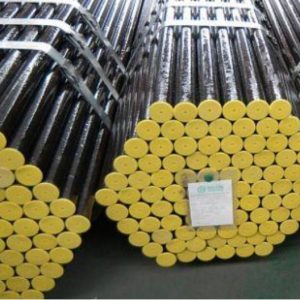 Lue LisääPikakatselu
Lue LisääPikakatseluAPI5L/A106B Seamless Steel Tubes
+86-139-158-49649
|
sales@grandsteeltube.com
- Koti
- Tuotteet
Tuotteet
© Tekijänoikeus 2009 Tarkkuusputket,Hydrauliset putket,Kupariputket,Kaptoriaariset teräsputket,Ruostumattomat putket,Titaaniputket,Alumiiniputket,Messinkiputket,Bundy-teräsputket. Kaikki oikeudet pidätetään.

